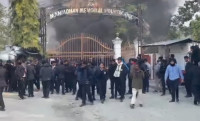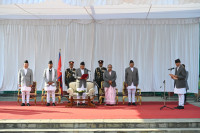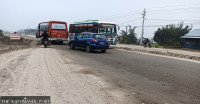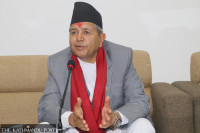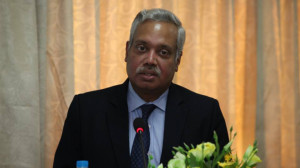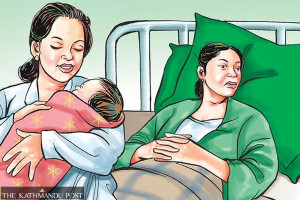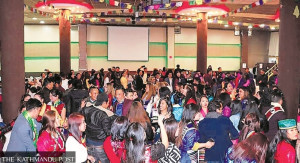National
More daughters are enrolled in public schools while sons are sent to private ones
Starting 2016, girls have outnumbered boys in the Secondary Education Examination, in a clear indication that more and more parents are sending their daughters to school. Though female population has always remained higher than men’s in the country, it reflected in the secondary schooling only three years ago.
Binod Ghimire
Starting 2016, girls have outnumbered boys in the Secondary Education Examination, in a clear indication that more and more parents are sending their daughters to school. Though female population has always remained higher than men’s in the country, it reflected in the secondary schooling only three years ago.
However, government data suggest that even today most parents tend to send their sons to private schools for better education while enrolling their daughters in public schools. According to the Office of the Controller of Examinations, which manages the SEE across the country, among the 475,003 students who are taking the national exam, 238,558 are girls. The number of boys stands at 236,445, which is fewer by 2,113 than their female colleagues.
However, figures from the private schools, when compared with statistics from public schools, show clear discrimination. Out of the 340,196 students taking their tenth grade exam from public schools, 53.44 percent—or 181,807—are girls. The picture is starkly different at private schools. Among the 134,907 students sitting for the test, only 42.1 percent—56,751—are girls. This year’s examination begins on Sunday.
Binay Kusiyat, professor at Tribhuvan University who has conducted a number of studies on school education, said that though parents are aware of the need for educating daughters, they are still reluctant to invest in them.
“There are a number of parents who still think it’s a waste to invest in their daughters. Therefore, they enroll sons to private schools while daughters go to public schools,” he told the Post. Kusiyat says the dominant patriarchal mindset of parents is the major cause of this discrimination.
According to Examination Controller Vishnu Prasad Adhikari, the disparity is more visible in Province 2 and in big cities like Kathmandu, Pokhara and Butwal. As good quality private schools operate in big cities, he argued, parents from across the country send their sons to bigger cities while daughters study in their hometowns.
The situation in Province 2, however, is different. Kusiyat says the dominant mindset in the plains is not to allow girls to study higher education. “The province has the highest dropout rate among the girls, which reflects in the number of SEE examinees,” he told the Post.
Nepal has made an impressive achievement in school enrolment both of boys and girls in recent years. The increase in the number of girls has led to a visible progress in gender parity at school.
The Gender Parity Index at basic level has reached 1.03, which is 1.02 for the secondary level, meaning that girls’ enrollment is higher than boys’ at all levels. High dropout rate and poor quality, however, remain a challenge.




 14.12°C Kathmandu
14.12°C Kathmandu

